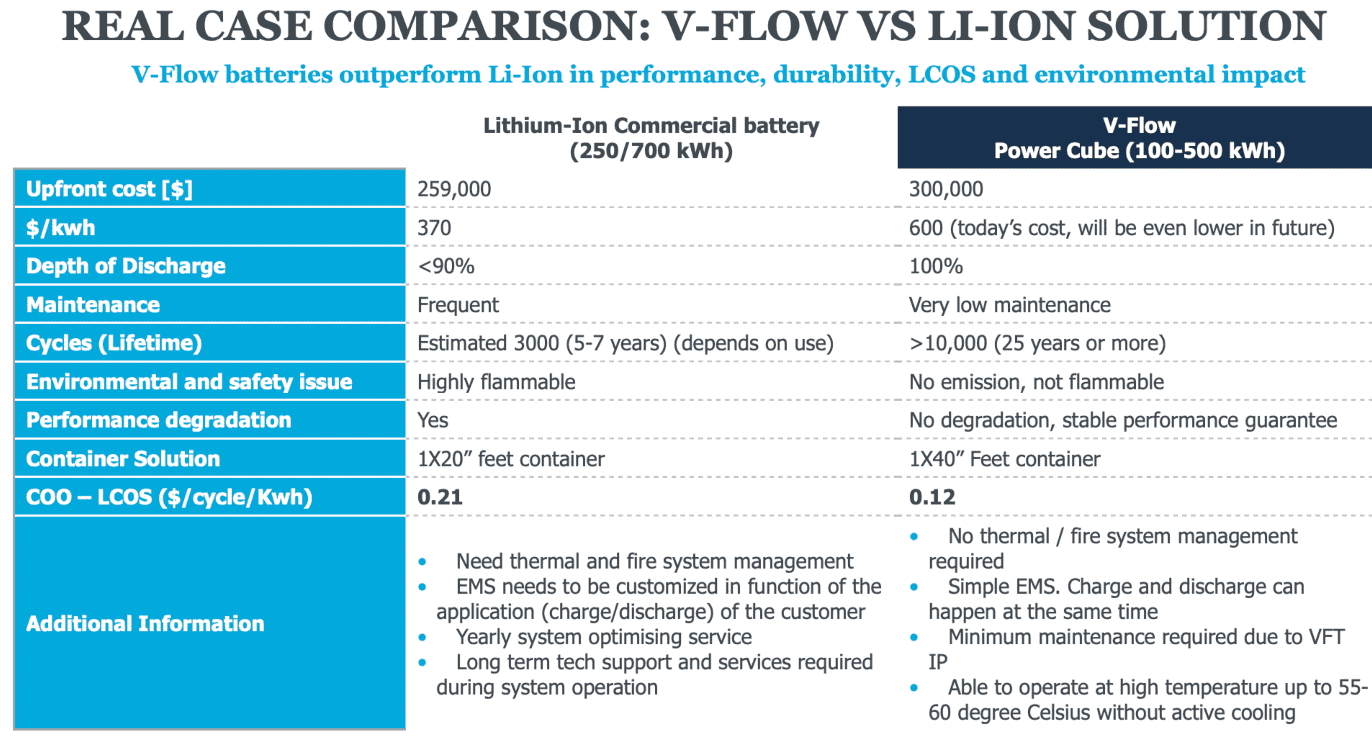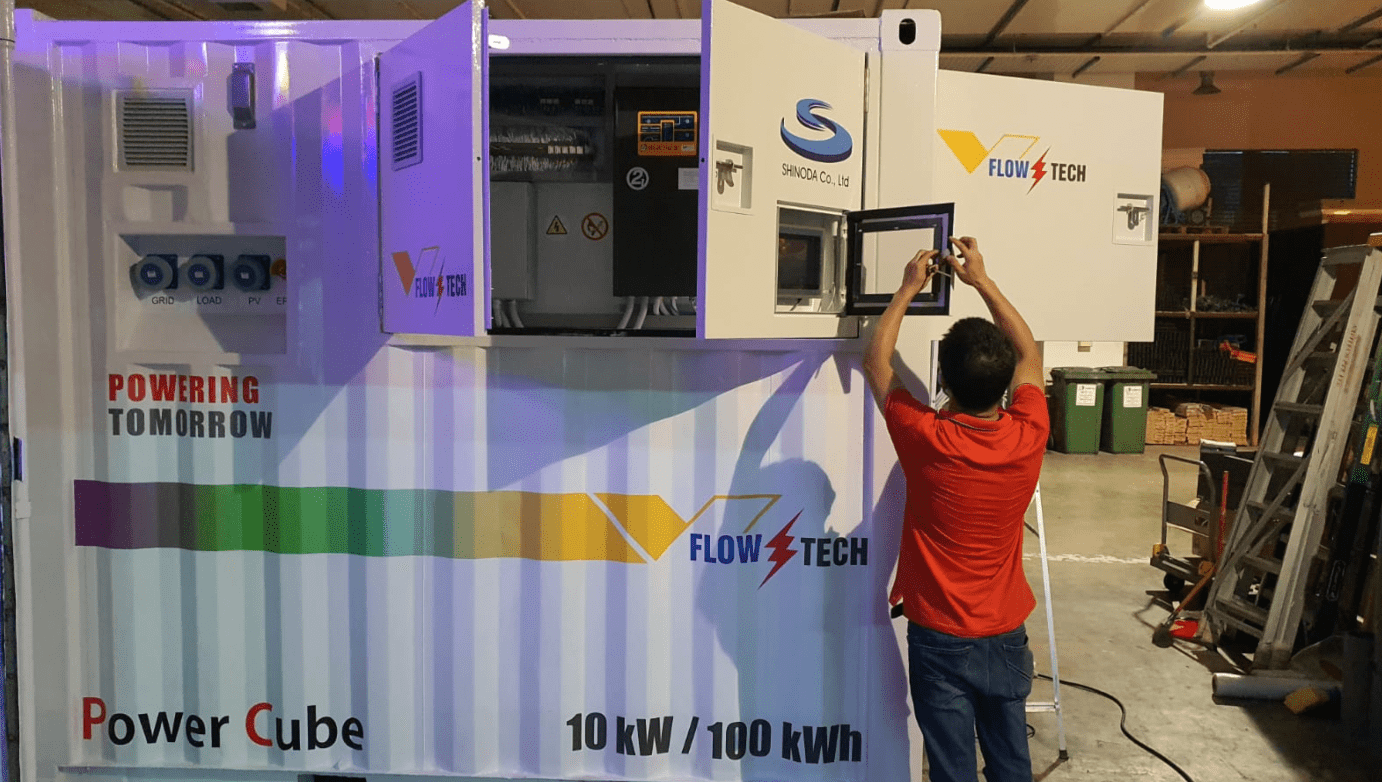
Digest this: in South Sudan, Chad, Burundi, Malawi, and Liberia, the per cent of the population with access to electricity is in the single digits!
The lack of access to electricity primarily constrains modern economic activities, provisions of public services, and quality of life. In addition, it slows down the growth of banking, education, agriculture, and finance that could otherwise alleviate some of the core challenges facing Africans, such as low productive employment opportunities and limited healthcare.
Certainly, it will take years for these African countries to bring in electricity to each and every household because, for their respective governments, poverty elimination takes precedence over providing electricity, which requires massive investments and infrastructure.
“According to a World Bank report, the micro-grid solar solution is going to play a pivotal role in providing energy to millions of people living in remote and rural areas, especially in Africa and Southeast Asia, where a high quality and affordable electricity is still a distant dream,” says Singapore-based entrepreneur Dr Avishek Kumar.
Also Read: RESC: Promoting sustainability with an IoT battery platform for e-mobility and smart grid
The micro-grid market accounted for about US$28.6 billion in 2020, as per a report, and it is estimated to grow to US$47.4 billion by 2025 at a CAGR of 10.6 per cent. However, micro-grid developers are facing certain challenges such as unreliable storage solutions, and high operational and maintenance costs with respect to diesel generator sets.
“Existing battery technologies like lead-acid and lithium-ion are mature in the market. However, they are not suitable for long-duration energy storage. They suffer from performance degradation and thermal run-away and pose a serious safety issue. Our startup V-Flow Technologies aims to address these issues with new technology,” says Kumar.
V-Flow was established in 2018 by Kumar (CEO) and Dr Arjun Bhattarai (CTO, in collaboration with Entrepreneur First, with generous support from SG Innovate and the Nanyang Technological University, Singapore.
With a PhD in solar technology, Kumar has a deep background in manufacturing and domain knowledge of the renewable energy industry. Bhattarai also has a background in renewable energy technologies and holds a PhD in improving vanadium redox flow (VRF) battery performance.
According to the co-founder-duo, the previous decades belonged to solar energy because it is the cheapest and cleanest source of energy. However, its growth is unsustainable because existing storage solutions are insufficient to support them. There is a need for a low cost, reliable, and long-duration energy storage solution. This is where VRF battery becomes important.
“Our mission is to develop the cheapest and most efficient modular VRF batteries, which deliver long-lasting reliable energy storage solutions for renewable integration at an affordable price. Our long-term vision is to drive the world towards energy equity,” Kumar states.
Also Read: How SolarLux helps solar producers get a fair share of their good deeds
Globally, the renewable energy market has grown exponentially over the last decade. Today, the cost of energy generated by renewable sources is less than that of conventional energy.
“There is no denying that renewable energy is the future but its continuous growth may be disrupted without a reliable storage solution, which is critical to unlocking the further potential of renewables,” says Kumar.
How VRF battery works
According to Kumar, VRF battery works through the continuous reduction and oxidation reaction between the vanadium redox couples with no detrimental issues and with the cross-mixing of the redox couples. Due to this unique setup, the electrolyte has no degradation and the battery provides stable performance over 20 years.
V-Flow’s storage solution has an expected life span of 25 years, boasts Kumar, and is safe and environmentally friendly battery technology.
“Our system is unique due to its low-cost innovation, saving some upfront investments for clients. Its compact and modular design makes the system easily scalable to any size,” he notes. “The novel chemistry with improved thermal stability ensures that the battery can operate at temperatures up to 55o degrees Celcius. Finally, the system has a performance guarantee of 25 years operating at an efficiency of 85 per cent throughout the term.”
Typical stationary energy storage projects vary from a few kWh to MWh depending on the size and application. However, V-Flow has introduced a twin approach of product and project to capture the market.
It is developing three key modular products for three market segments. The base product is 5 kW/30kWh which can be linearly scaled to 150 kW/600 kWh product. V-Flow has already built 5 kW and 10 kW systems and is now building a 150 kW system.
The CEO says that VRF batteries are ideal for micro-grid applications (for solving intermittency, reducing/eliminating diesel generator use), grid balancing applications (peak shifting and frequency regulation), and EV charging. It is a US$40-billion opportunity in Southeast Asia alone.
“We can completely replace diesel generator set through our low-cost energy storage solutions, coupled with solar. Our technology has proven to be economical and more reliable for applications that require backup for more than three hours. Our target installation for such an application is over 6 GWh of battery storage in the next five years valued at over US$2 billion,” he elaborates.
V-Flow’s storage solution has an application in green charging stations as well. The electric vehicle (EV) market is growing at an exponential rate. Sustainable growth of EV requires easy availability of EV charging stations. Several agencies are now rolling out plans for the installations of hundreds of thousands of EV charging stations.

“These EV charging solutions will cause stress to the existing grids, thus requiring a reliable battery solution to mitigate these risks. V-Flow’s technological solution can meet the requirements of EV charging and target to supply the solution to ~10,000 charging stations in Southeast Asia valued at over U$3 billion,” says Kumar.
Also Read: ‘Singapore isn’t ready for mass adoption of EVs yet; hybrid may be better for the present’
Another application is in the powering of buildings and datacentres, where batteries are designed for long hours of backups. The VRF battery is also useful for grid stabilisation and renewable peak shifting.
The containerised solutions are fit to match any power requirement of our customers. Our products are designed to resist harsh environments and can be installed in remote locations, Kumar claims.
The energy startup has already raised US$1.5 million in grants and equity funding from undisclosed investors. It is now out in the market for US$5 million to scale the business.
Asia has over 950 GW of renewable energy already installed, and this number is expected to double by the end of this decade. India alone aims to install over 175 GW of renewables in the next five years. Peak load demand (power arbitrage), frequency regulation and solving intermittency problem with renewable integration requires utility-scale reliable energy storage project.
“Government agencies are now rolling out policies to promote energy storage at the grid level and giving price-based incentives. India requires the need of over 100 GWh of stationary energy storage over the next five years, which is valued at over US$40 billion,” Kumar concludes.
—
Image Credit: V-Flow Technologies
The post V-Flow’s recyclable energy solution with an expected lifespan of 25 yrs seeks to replace Li Ion batteries appeared first on e27.

